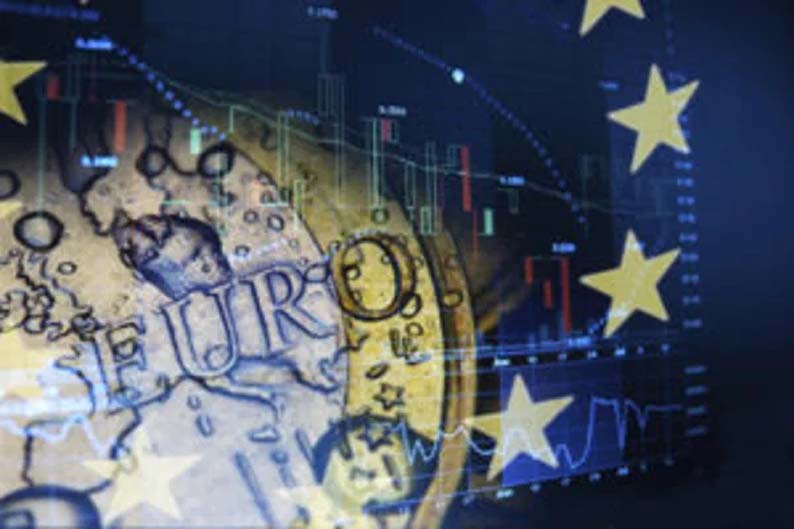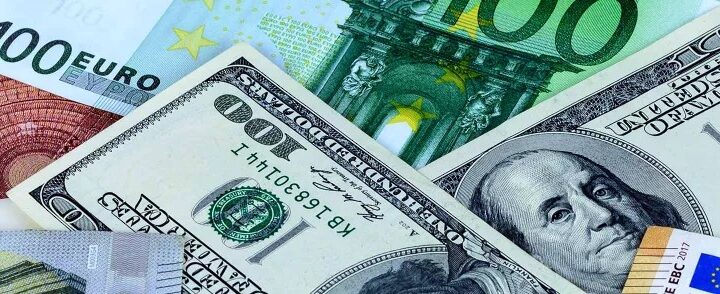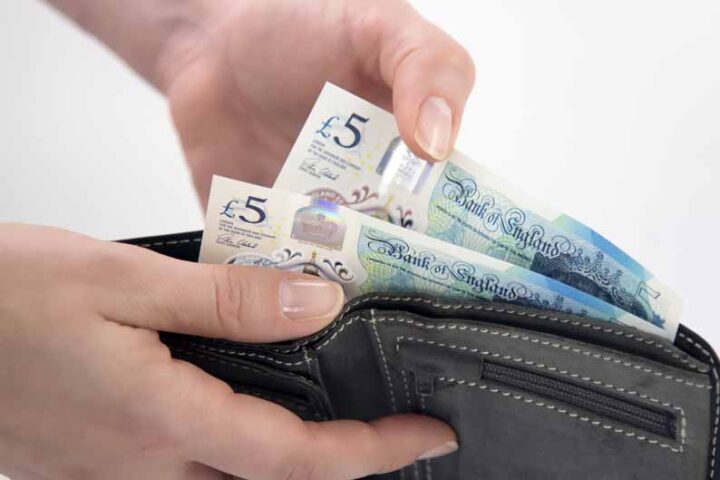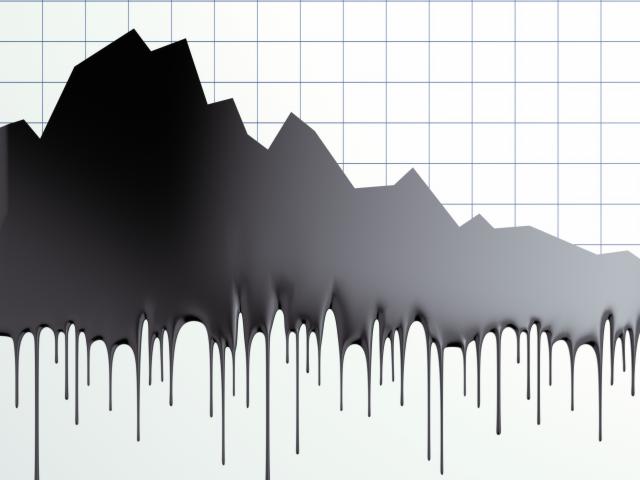The EURUSD pair ended the week on a bullish note, climbing 0.66% to settle at 1.0485 on Friday in a move that signals a continuation of its recovery, following recent consolidation within a relatively narrow trading range.
The Euro-dollar pair’s ability to maintain upward pressure highlights growing buyer confidence as it approaches key resistance levels.
The Euro has rallied amid prospect of softer trade tariffs from US President Donald Trump and a ‘buoyant’ Eurozone Preliminary Manufacturing PMI that improved to 46.1 in January from the 45.3 expected by traders.
The USDCAD fell sharply to 1.4320 in Friday’s North American session. The Loonie pair faced a sharp sell-off as the Dollar tumbles after President Trump called for the need for immediate interest rate cuts in his speech at the World Economic Forum (WEF) at Davos.
The impact is clearly visible on the DXY Dollar Index, which posted a fresh monthly low near 107.45.
Trump’s call for swift policy-easing came a few days before the Federal Reserve’s first monetary policy on January 28-29, in which the US central bank is certain to keep interest rates unchanged in the range of 4.25-4.50%.
While investors have underpinned the Canadian Dollar against the US Dollar in the short term, its outlook remains weak as Donald Trump is poised to raise tariffs by 25% on Canada and Mexico on February 1. Trump showed concerns over the 4% trade deficit with Canada while speaking at Davos.
Higher tariffs on Canada would boost expectations of further policy-easing by the Bank of Canada, which is widely anticipated to cut rates by 25 basis points (bps) to 3% on Wednesday.
The EURJPY pair rose sharply to near 153.50 in Friday’s European session. The asset strengthened on the back of strong appeal for the Euro as the flash Eurozone HCOB Purchasing Managers’ Index (PMI) data for January has come in surprisingly stronger.
The HCOB PMI data, compiled by S&P Global, showed that the overall business activity expanded after contracting for two months.
The Composite PMI, which gauges the overall private sector activity, advanced to 50.2 from 49.6 in December. Economists expected the overall business activity to continue to contract but at a slower pace.
German recovery
The report also showed that strong business activity in the Eurozone majorly came from the German economy, which returned to expansion, while, the French economy continued to decline.
Surprisingly upbeat Eurozone PMI data has fears of weakening economic outlook, however, it is unlikely to diminish firm market expectations that the European Central Bank will cut rates in the policy meeting on Thursday.
The ECB is almost certain to cut its Deposit Facility rate by 25 bps to 2.75%. Traders are pricing in three more interest rate cuts by the ECB in the next three policy meetings.
Meanwhile, the Japanese Yen weakened across the board as markets already priced in a 25-bps interest rate hike by the Bank of Japan, which pushed borrowing rates higher to 0.5%.
The BoJ has also revised inflation forecast higher, as it expects price pressures to remain above 2% until FY2026 amid confidence over firm wage outlook.
The BoJ didn’t offer cues about when and at which pace the central bank will raise interest rates further.
“We don’t have any preset idea,” BoJ Governor Kazuo Ueda said. He added that the central bank takes a decision at each policy meeting by looking at “economic and price developments as well as risks”.

EURUSD chart by TradingView
(Source: OANDA)








